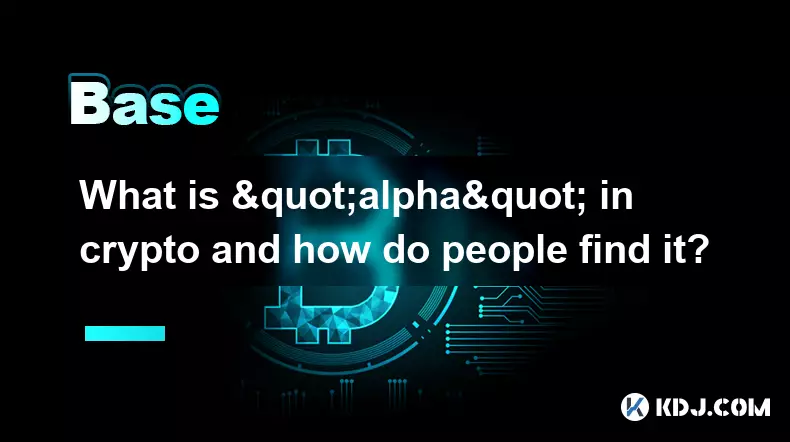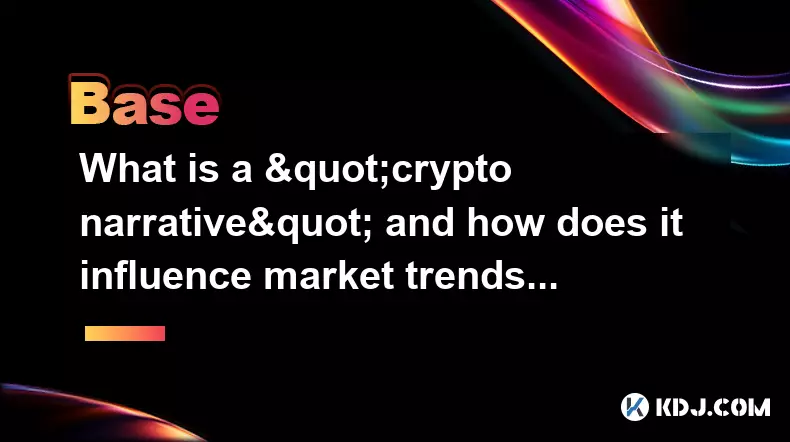-
 bitcoin
bitcoin $102877.190955 USD
1.88% -
 ethereum
ethereum $3430.435064 USD
4.52% -
 tether
tether $0.999264 USD
-0.05% -
 xrp
xrp $2.307310 USD
4.49% -
 bnb
bnb $987.740692 USD
3.82% -
 solana
solana $161.947760 USD
3.97% -
 usd-coin
usd-coin $0.999712 USD
-0.05% -
 tron
tron $0.292810 USD
2.93% -
 dogecoin
dogecoin $0.179738 USD
10.70% -
 cardano
cardano $0.580716 USD
8.75% -
 hyperliquid
hyperliquid $42.463448 USD
8.40% -
 chainlink
chainlink $15.763437 USD
7.05% -
 zcash
zcash $649.595636 USD
17.21% -
 bitcoin-cash
bitcoin-cash $511.610261 USD
7.19% -
 stellar
stellar $0.292537 USD
7.91%
What is a blockchain fork and why does it happen?
A blockchain fork splits a cryptocurrency into two chains, creating new coins and testing decentralized governance during upgrades or community disputes.
Aug 30, 2025 at 05:33 am

Understanding Blockchain Forks
1. A blockchain fork occurs when a single cryptocurrency splits into two separate chains, resulting in two versions of the blockchain. This split happens when there is a change in the network's protocol or a disagreement among participants about the rules governing the blockchain.
2. There are two main types of forks: hard forks and soft forks. A hard fork creates a permanent divergence from the previous version of the blockchain, making previously invalid blocks and transactions valid, or vice versa. Nodes running the old software will no longer be compatible with the new one.
3. Soft forks, on the other hand, are backward-compatible upgrades. They tighten the rules rather than change them completely, meaning older nodes can still validate transactions even if they don’t upgrade, although they might not recognize all new features.
4. Forks can be planned or contentious. Planned forks are coordinated upgrades to improve security, scalability, or functionality. Contentious forks arise from disagreements within the community, often leading to the creation of a new cryptocurrency.
5. Examples include the Bitcoin Cash hard fork from Bitcoin in 2017, driven by a debate over block size limits. Ethereum also experienced a hard fork after the DAO hack, resulting in Ethereum and Ethereum Classic.
Reasons Behind Blockchain Forks
1. One primary reason for a fork is the need to fix security vulnerabilities in the existing protocol. When a critical flaw is discovered, developers may initiate a hard fork to patch the issue and protect user funds.
2. Performance improvements often prompt forks. As networks grow, scalability becomes a challenge. Forks can introduce changes like larger block sizes or new consensus mechanisms to increase transaction throughput.
3. Community disagreements play a major role. When stakeholders—miners, developers, and users—cannot reach consensus on the direction of the project, a faction may choose to split and create a new chain that aligns with their vision.
4. Ideological differences about decentralization, governance, or monetary policy can fuel contentious forks. For instance, some groups may oppose transaction fee increases or changes in mining rewards, leading to a split.
5. Regulatory pressures or external events, such as hacks or exploits, can also trigger forks. The Ethereum DAO fork is a notable case where a hack led to a community decision to reverse transactions via a hard fork.
Impact of Forks on the Crypto Ecosystem
1. Forks can lead to the creation of new digital assets. Users who held the original cryptocurrency before the fork typically receive an equivalent amount of the new coin, which can result in immediate market activity and price volatility.
2. Network security may be affected post-fork. A split can divide mining power, potentially making both chains more vulnerable to attacks, especially if one chain has significantly less hash rate.
3. Exchange support determines the success of a new forked coin. If major exchanges list the new token, it gains liquidity and visibility. If not, it may struggle to gain adoption and could fade over time.
4. User confusion often arises during forks. Individuals may not understand how to access their new coins or may fall victim to scams that mimic legitimate fork announcements.
5. Forks test the resilience of decentralized governance. They reveal how communities handle conflict, make decisions, and maintain trust in a system without central authority.
Frequently Asked Questions
What happens to my coins during a hard fork?During a hard fork, if you hold the original cryptocurrency in a personal wallet, you typically receive the same amount of the new forked coin. However, if your coins are on an exchange, the availability of the new coin depends on whether the exchange supports the fork.
Can a soft fork turn into a hard fork?A soft fork does not become a hard fork by design, as they operate under different compatibility rules. However, if a soft fork introduces changes that a portion of the network rejects and decides to hard fork instead, a new chain could emerge from that conflict.
Are all forks announced in advance?Planned forks are usually announced well in advance with coordination among developers and miners. However, contentious forks may be initiated with little warning, especially if there is a sudden breakdown in consensus.
Do forks affect transaction speed on the original chain?Forks themselves do not directly slow down the original chain. However, the period surrounding a fork can lead to network congestion due to increased transaction volume as users move funds or prepare for the split.
Disclaimer:info@kdj.com
The information provided is not trading advice. kdj.com does not assume any responsibility for any investments made based on the information provided in this article. Cryptocurrencies are highly volatile and it is highly recommended that you invest with caution after thorough research!
If you believe that the content used on this website infringes your copyright, please contact us immediately (info@kdj.com) and we will delete it promptly.
- Ripple (XRP) in 2026: Hold or Fold? A Look at XRP's Future and Emerging DeFi Alternatives
- 2025-11-08 18:35:01
- Zcash ZEC Coin Price Explosion: From Privacy Niche to Center Stage
- 2025-11-08 18:55:01
- Berachain Price Prediction: Navigating the Honeycomb Hype in Crypto
- 2025-11-08 18:55:01
- Arthur Hayes, Gold, and Bitcoin: A Modern Monetary Trinity?
- 2025-11-08 19:15:01
- Shiba Inu's Next Move: Navigating a Shifting Market
- 2025-11-08 19:20:01
- Pakistan's Crypto Crossroads: Balancing Opportunity with Asset-Backed Realities
- 2025-11-08 19:20:01
Related knowledge

How does a crypto insurance protocol work?
Nov 08,2025 at 12:39am
Understanding Crypto Insurance Protocols1. A crypto insurance protocol operates by offering financial protection against losses incurred from digital ...

What is an "exploit" versus a "hack" in the context of smart contracts?
Nov 09,2025 at 12:40am
Understanding Exploits in Smart Contracts1. An exploit refers to the utilization of a known vulnerability within a smart contract’s code to gain unint...

What is a decentralized storage network and how does it compare to cloud services?
Nov 07,2025 at 11:59pm
Understanding Decentralized Storage Networks1. A decentralized storage network distributes data across a peer-to-peer infrastructure rather than relyi...

What is a factory contract and how is it used to deploy other contracts?
Nov 08,2025 at 04:20am
Understanding Factory Contracts in Blockchain Development1. A factory contract is a smart contract designed to create and deploy other smart contracts...

What is "alpha" in crypto and how do people find it?
Nov 08,2025 at 06:19pm
Understanding Alpha in the Cryptocurrency Space1. In the context of cryptocurrency, 'alpha' refers to valuable, non-public information or insights tha...

What is a "crypto narrative" and how does it influence market trends?
Nov 08,2025 at 07:00am
Understanding the Concept of a Crypto Narrative1. A crypto narrative refers to the collective belief or story that emerges within the cryptocurrency c...

How does a crypto insurance protocol work?
Nov 08,2025 at 12:39am
Understanding Crypto Insurance Protocols1. A crypto insurance protocol operates by offering financial protection against losses incurred from digital ...

What is an "exploit" versus a "hack" in the context of smart contracts?
Nov 09,2025 at 12:40am
Understanding Exploits in Smart Contracts1. An exploit refers to the utilization of a known vulnerability within a smart contract’s code to gain unint...

What is a decentralized storage network and how does it compare to cloud services?
Nov 07,2025 at 11:59pm
Understanding Decentralized Storage Networks1. A decentralized storage network distributes data across a peer-to-peer infrastructure rather than relyi...

What is a factory contract and how is it used to deploy other contracts?
Nov 08,2025 at 04:20am
Understanding Factory Contracts in Blockchain Development1. A factory contract is a smart contract designed to create and deploy other smart contracts...

What is "alpha" in crypto and how do people find it?
Nov 08,2025 at 06:19pm
Understanding Alpha in the Cryptocurrency Space1. In the context of cryptocurrency, 'alpha' refers to valuable, non-public information or insights tha...

What is a "crypto narrative" and how does it influence market trends?
Nov 08,2025 at 07:00am
Understanding the Concept of a Crypto Narrative1. A crypto narrative refers to the collective belief or story that emerges within the cryptocurrency c...
See all articles





















![The Graph Price Prediction [GRT Crypto Price News Today] The Graph Price Prediction [GRT Crypto Price News Today]](/uploads/2025/11/07/cryptocurrencies-news/videos/690d4df44fe69_image_500_375.webp)



















































